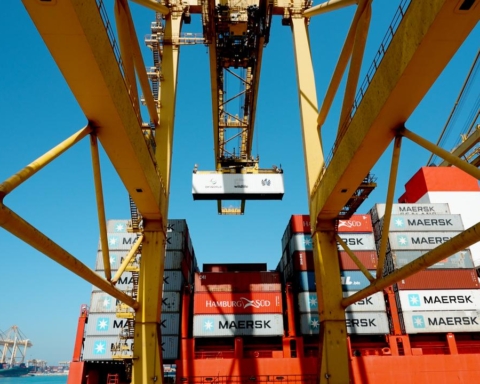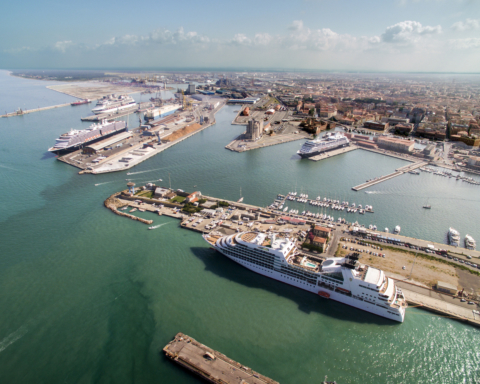The spread of the Coronavirus infection is having an aggressive impact on the healthcare system, the manufacturing system and the entire transport and logistics chain. As part of its research activities, SRM has decided to develop a series of periodic analyses aimed at showing economic trends related to the spread of Covid-19 and the effects of social distancing measures implemented by the Italian Government.
The figures for the specific economic sectors provide useful indications, although they evolve very rapidly, on a weekly and sometimes even daily basis. The World Trade Organization (WTO) has recently predicted that international trade will see a downturn of between 13% and 32%, depending on how long the pandemic lasts. In any case, it will be worse than what happened during the 2008-2009 financial crisis.
The trend in trade is clearly reflected in shipping, with maritime transport accounting for about 80% of the world’s goods’ trade. The high level of uncertainty in the crisis estimates is due to the uneven spread of the virus, the differing timescales of the lockdown measures and the effects that individual countries’ measures will have on supporting the global economy.
We have chosen here to consider scenarios based on different degrees of “pessimism” and “optimism”. For example, Drewry hypothesizes an economic recovery only in the last three months of the year and foresees a reduction of just 0.5% (equal to about 4 million TEUs less than 2019) in goods’ throughput in ports all over the world.
On the other hand, supply chain disruptions, reduced demand and, more generally, global economic uncertainty lead Sea-Intelligence to estimate a loss of about 17 million TEUs on shipping lines and about 80 million fewer TEUs loaded and unloaded in port terminals.
However, 2020 can only be an unstable year from the point of view of supply and demand for maritime transport. While the reduction in demand volumes is a certainty, carriers will need to be able to manage the available capacity in the coming months, possibly deciding to restrict transport services as long as demand volumes remain low.
Carriers are handling the emergency as best they can, quickly removing hold capacity from the market with repeated blank sailings and thus ensuring that freight rates do not collapse. The number of empty voyages with idle fleet capacity could in fact reach over 3 million TEUs.
For Italy the initial estimates on 2020 suggest a 20-25% reduction in port turnover, the equivalent of approximately 90-100 million tonnes of goods and 2 million TEUs. In the worst-case scenario, with a recovery postponed to the beginning of 2021, the downward trend in traffic is estimated to be even in the order of 50%.
The types of goods are not the only variable at stake. The spread of infection in the countries that have greater shipping ties with Italy will also have an impact, as will their propensity to continue to apply duties and trade restrictions. Clearly, China’s conduct, a player in many global value chains, has to be monitored with due attention.
Any practical ideas for the restart? On the one hand, the development of an “Unblock Ports” Plan that will free 4-5 billion euros worth of infrastructures grounded on administrative sandbanks; on the other hand, the further proliferation of Special Economic Zones for Southern Italy and Simplified Logistics Zones for Central-Northern Italy, useful tools for a strong policy of attracting investments in our country.
Translation by Giles Foster




